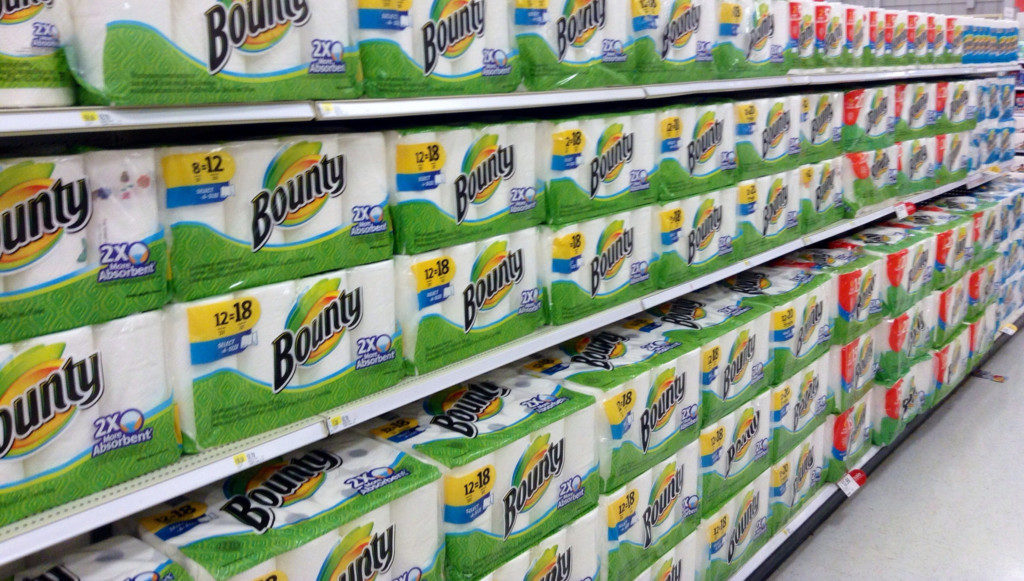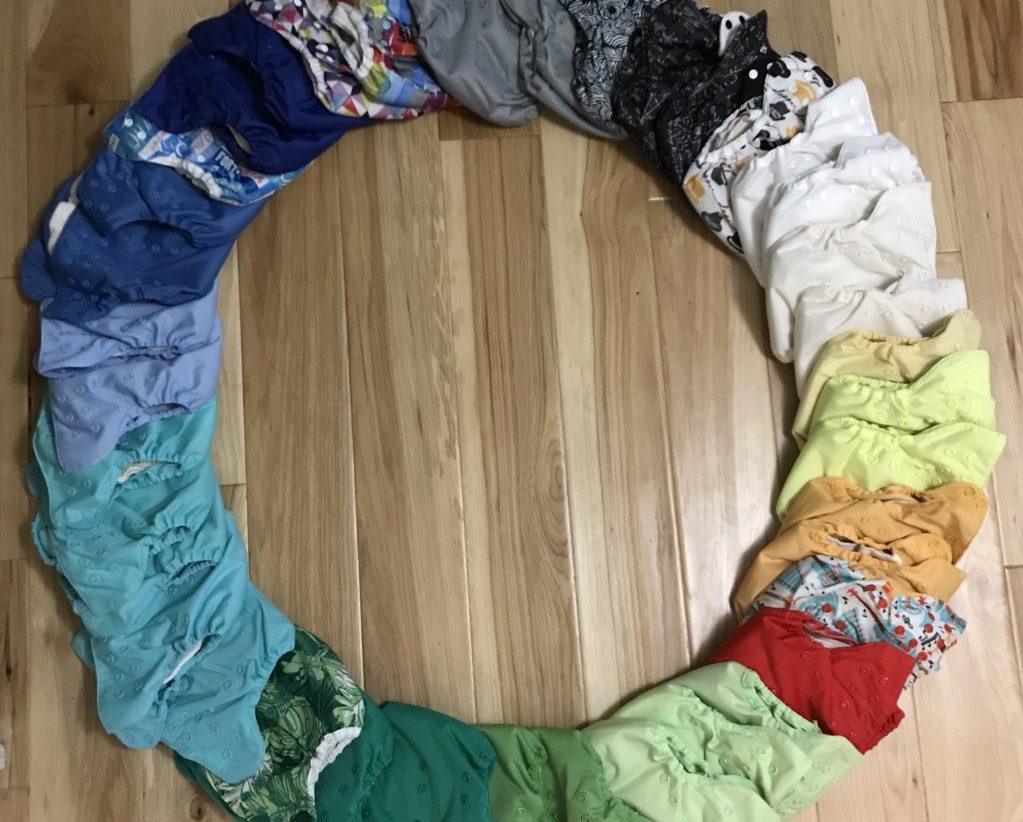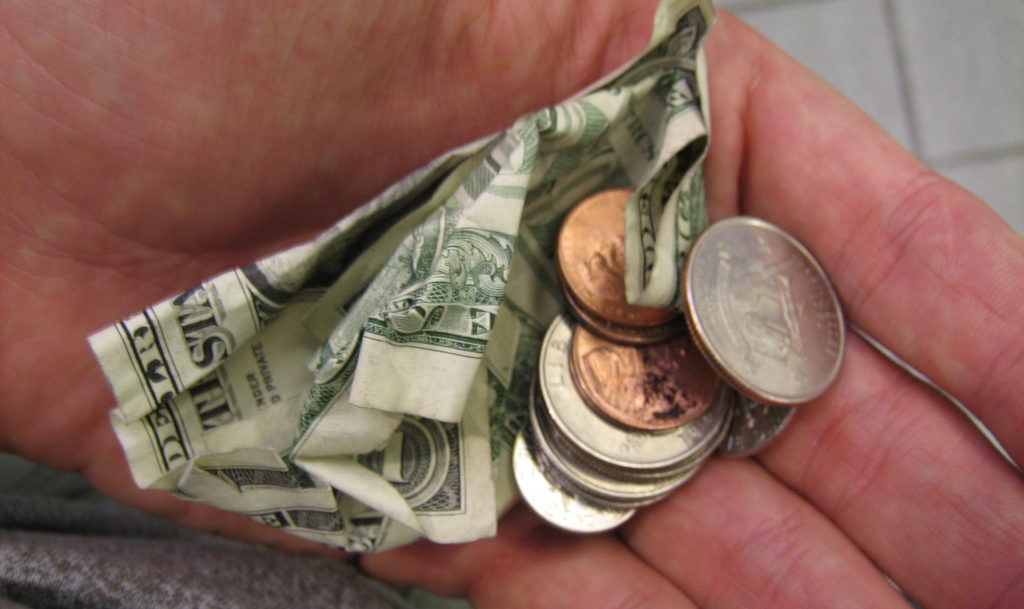
When was the last time you looked at what you spend in a month? Do you have a budget, but you’re not really sticking to it? Maybe you know you’re overspending and want to cut back, but don’t know where to start. Do you want to take a vacation, but think you can’t afford it, or do just want to become financially stable and stop living paycheck to paycheck? Whatever your reason, the time is now. It’s easier than you think.
Create a budget.

Get a paper and pen, or download one of the many free budgeting apps available for iPhone and Android. My personal favorite is Mint. Not only does it allow you to set budgets, but you can also add your bank account, and billing accounts, so that you can see everything at a glance.
Start by writing down all of your monthly expenses, or if you’re using Mint, you can add budget categories and set a monthly limit for each category. Here are some samples categories you may want to start with:
Utilities
Cell Phone
Insurance
Cable
Credit Card Payment
Student Loan Payment
Clothing
Hobbies
Commit.
Set some goals. If you don’t have a goal or a reason for budgeting, you won’t succeed. Set a goal for 1 month, 3 months, 6 months, and 1 year. You can re-evaluate these goals, and update as needed. Ask yourself why you want to create a budget. Do you want to pay off a debt? Would you like to take a vacation? Do you want to become a stay at home parent and rely on only one income? Give yourself a focal point for your new spending habits, and use it to remind yourself why you shouldn’t break the budget when temptation arises.
Reduce your monthly expenses by living within your means.
Define “wants” and “needs”. I think sometimes we forget how lucky we are to live in a world of unlimited choices, and just pick everything available to us in order to avoid making decisions. Many of our “necessity” bills truly aren’t necessities. For example, cable. Yes, you can survive without it.
Cut cable
We cut cable early last year, and upgraded to a higher data, faster speed internet plan. We’ve been using DirecTVNOW for almost a year now, and pay around $120 a month for cable and internet! This change saved us almost $1200 in only one year. Want to know more about cord cutting? Check out this article from the PMB archives, We Disconnected Our Cable and Are Happy With It. by fellow Contributor Mary Yohannan.
Switch cell phone providers
Ever heard of MintSim? They offer cell phone plans with 5gb of data a month for $240 a year. That’s $20 a month! If you need more data, switch to Straight Talk, and for $55 a month you can have unlimited talk, text, and data. Here’s the catch, you’ll need a phone for both of these providers, but this is where you decide whether you need that $900 iPhone, or something simpler. Buy a used phone on Facebook Fleamarket, or a refurbished one from eBay. Just be sure the phone is unlocked for the network you’ll be using.
Get rid of subscriptions you don’t use
Gym membership gathering dust in your wallet? That autopay feature might be eating a hole in your bottom line. How much could you save if you bought a used treadmill or gym equipment for your home, and cut the gym membership? Yes, you will spend more up front, but look at your long term savings. Better yet, go outside, take a walk, or run. Totally free.
Meal plan and skip the fast food
This is a big one. How much are you currently spending on food a month? Meal plan and shop twice a month. Don’t make additional trips to the grocery store, or Dollar General, or the mini mart on the corner. Use what you have. Plan for breakfast, lunch, and dinner. This includes packed lunches for kids and working folk. If you eat out for lunch every day, at $5 a day, that’s $25 a week, or $1300 a year! Wouldn’t you rather take a vacation with that money?

Get rid of paper towels and disposable items
I admit, this one isn’t for everyone, but the savings add up quickly. We’ll start with the simplest switches, and work our way up to true crunchy Mom status.
Ditch paper towels and keep cheap wash cloths near your sink for cleaning up messes. I suggest white wash cloths, so that they can be bleached after every use. You can also invest in cloth table napkins. Not only are these pretty, but they’ll save you big bucks in the long run. We traded our paper towels for cloth about three years ago, and now only buy 1 or 2 rolls of paper towels a month. Prior to this, I was purchasing the Sam’s Club jumbo pack every month. Talk about savings!
Have a baby in diapers or a toddler in training pants? Switch to cloth. The average family spends $1400-$2500 per child on disposable diapers. A simple cloth diaper setup, from birth to potty training, can be purchased new for as little as $300, and used on multiple children. While you’re at it, switch to reusable baby wipes, as well. Invest in a few packs of baby wash cloths, wet with warm water, and wash with your cloth diaper laundry. Not only will you see less diaper rash, you’ll save a ton.

If you’re really brave, consider switching to reusable lady products. Not only are they healthier, they are made of materials that are meant to last (and safe for your most sensitive parts). Curious? Check out Put A Cup In It or search “Reusable cloth pads” on Google.
Cut back on “luxury” items
Alright ladies, this one’s for you. Do you really need the $150 cut and color? Could you instead be happy with a new cut, or an at home color? Do you need a mani, pedi, massage, [fill in the blank here] every two weeks? Could you stretch this to once a month, once-in-awhile, or on occasion? Better yet, host your own spa day, and do your own nails for only the cost of a reusable bottle of polish, and some nail tools you’ve probably already got laying around. The average manicure costs about $30. If you’re getting one a month, that’s $360 a year. Add in your $150 trip to the salon every other month, and you’ve added another $900 a year. Yikes!
Institute a “No Spend” month
I’ll be honest. We haven’t had much success with this one. Quite frankly, looking at this one written on paper scares me. Maybe we’re approaching this wrong, though. Instead of a “No Spend” month, have a $0 budget category month. By this I mean, select a “want” category from your budget, and set it to $0 for the month. For example, change your “dining out” and “fast food” budget categories to a $0 amount for one month. Watch the savings grow.
Prevent budget setbacks by setting yourself up for success.
Don’t impulse buy
Set yourself up for success by unsubscribing from marketing emails, especially for companies that you find yourself suckered into impulse buying from frequently. Also, set a “wait period” on large purchases. For example, non-necessary purchases, over $300, require a two week waiting period. If after two weeks you still want the item, and it can be added to the monthly budget without breaking the bank, then purchase.

Use Cash
Are you consistently breaking the budget you set? Switch to cash and ditch the cards, even if it’s only for a set period of time. You’ll never spend more than you have if it’s physically in your hand.
Budgeting is a commitment. You have to want to make a change to be successful. Start by thinking about all the awesome things you could afford if you weren’t wasting money on the small daily purchases. A small change can go a long way.














